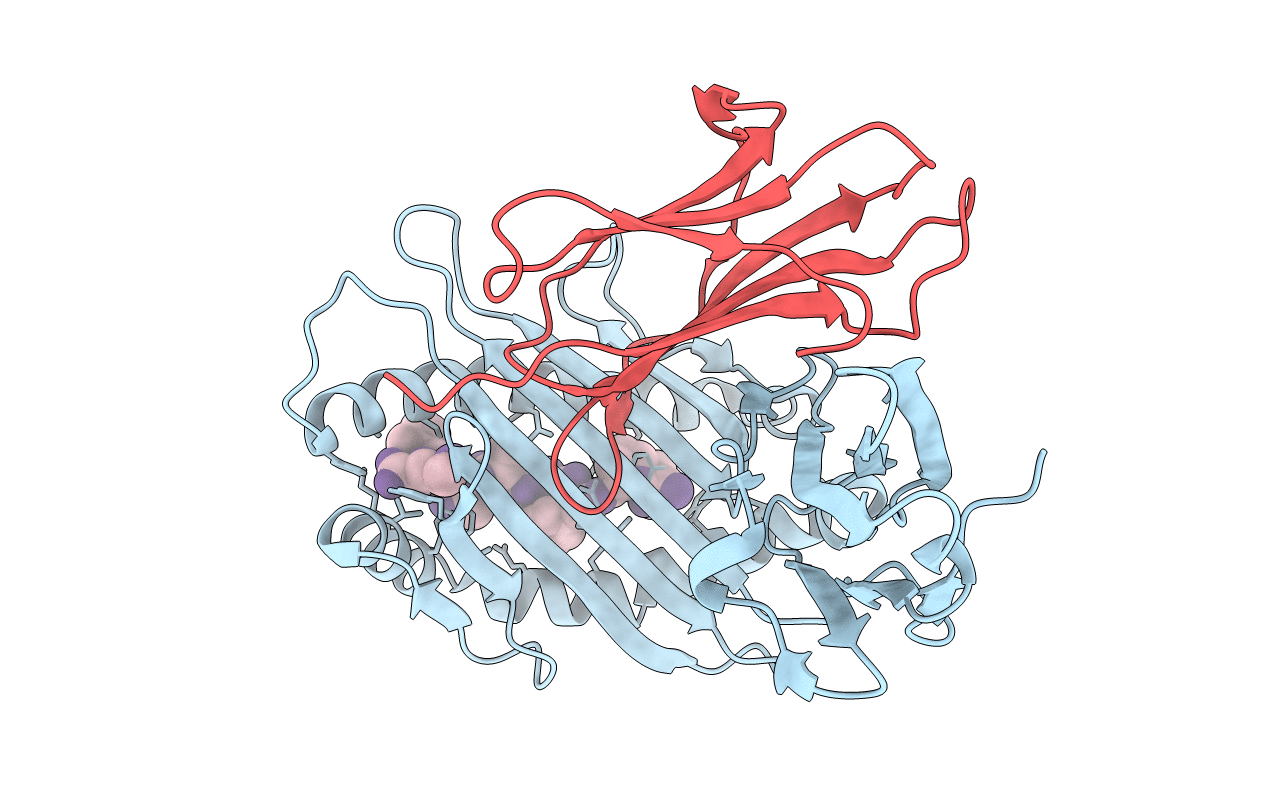
Deposition Date
2010-01-27
Release Date
2010-07-07
Last Version Date
2024-11-20
Entry Detail
PDB ID:
3LKP
Keywords:
Title:
Crystal Structure of HLA B*3501 in complex with influenza NP418 epitope from 1972 strain
Biological Source:
Source Organism:
Homo sapiens (Taxon ID: 9606)
Host Organism:
Method Details:
Experimental Method:
Resolution:
1.80 Å
R-Value Free:
0.24
R-Value Work:
0.21
R-Value Observed:
0.21
Space Group:
P 21 21 21


